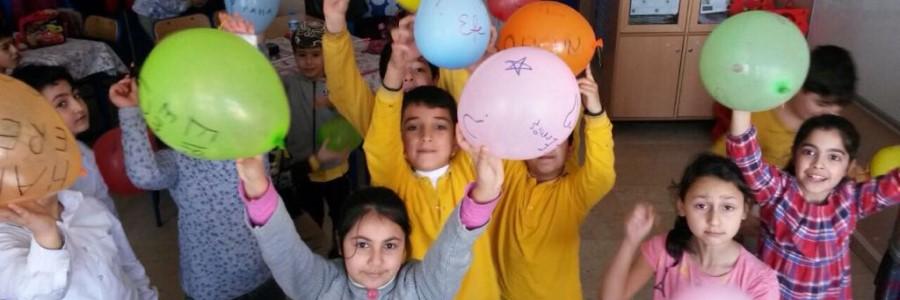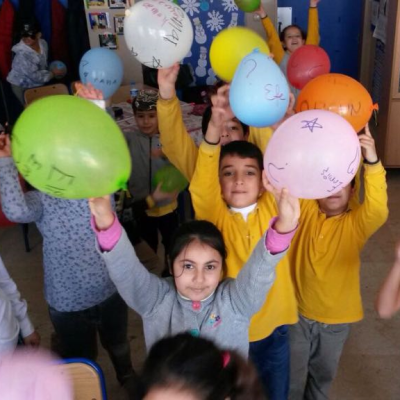What was the Problem?
Student-centered education is based on creating the opportunity for children to ask questions because asking questions is a means to prevent prejudices, to gain experience, to express oneself, to make sense of the world, and to contact with others. Children start to ask questions with a sense of curiosity from an early age, but they stop asking questions even though their curiosity persists in the following years. So, "Why do children stop asking questions?" and "How can we raise individuals who continue to ask questions?"
Solution

In the problem-solving process where design-oriented thinking methodology was applied; as a result of individual interviews with students, teachers, and parents, it was seen that many children asked questions to their parents and teachers but these questions were not taken into account or not answered. It was also observed that responses such as "It's ridiculous!", "Is this the right time to ask this question?", and
"What an unnecessary question!" discouraged children from asking questions.
Therefore, for students to ask questions, a setting where they feel comfortable with asking questions needs to be created. Various games such as question vest, question balloons, and question parks were developed to understand what the students are curious about and to encourage them to ask questions. Also, through this method, various questions were collected from the students.
In the process of collecting questions, it was observed that the students had a lack of information about the question types and difficulties in asking the right questions to reach the information they aimed to obtain.
To address their deficiencies in the question asking process, two- session "What is Question?" workshop was held for the students. This workshop was applied to students of different grades. In the first session, the definition of the concept of "question" was opened for discussion in the classroom. In the second session, an activity was held with the participation of students on the question types.
Its Effect
After the workshop and question-collecting activities, feedback such as "My child is always asking questions at home," and "He/she is curious about everything around him/her," was received from parents. In the process of developing the solution, it was realized that getting answers to questions and being taken seriously encouraged the students to ask more questions. Besides, students have grasped the relationship between questioning and question types and experienced the importance of asking the right questions.
This solution was one of the activities included at the special session of Öğretmen Ağı at the 15th Conference on Good Practices in Education.
Contributors
Berna Aslan (English Teacher), Burcu Yıldırım (Preschool Teacher), Fettah Şen (Turkish Teacher), Gözde Uysal (Mathematics Teacher), Keziban Özdoğan (Turkish Teacher), Sibel Ezgi Epik (English Teacher)


